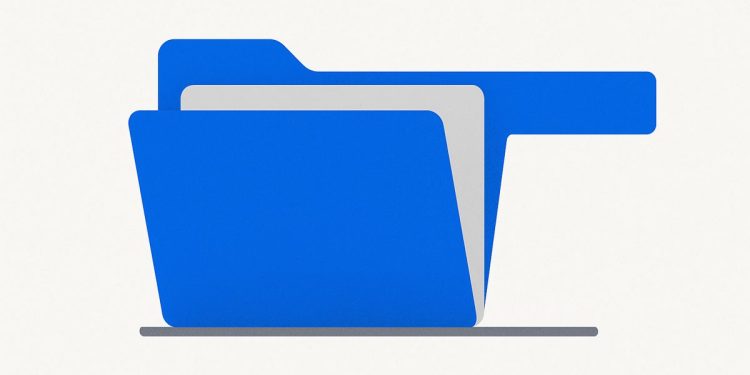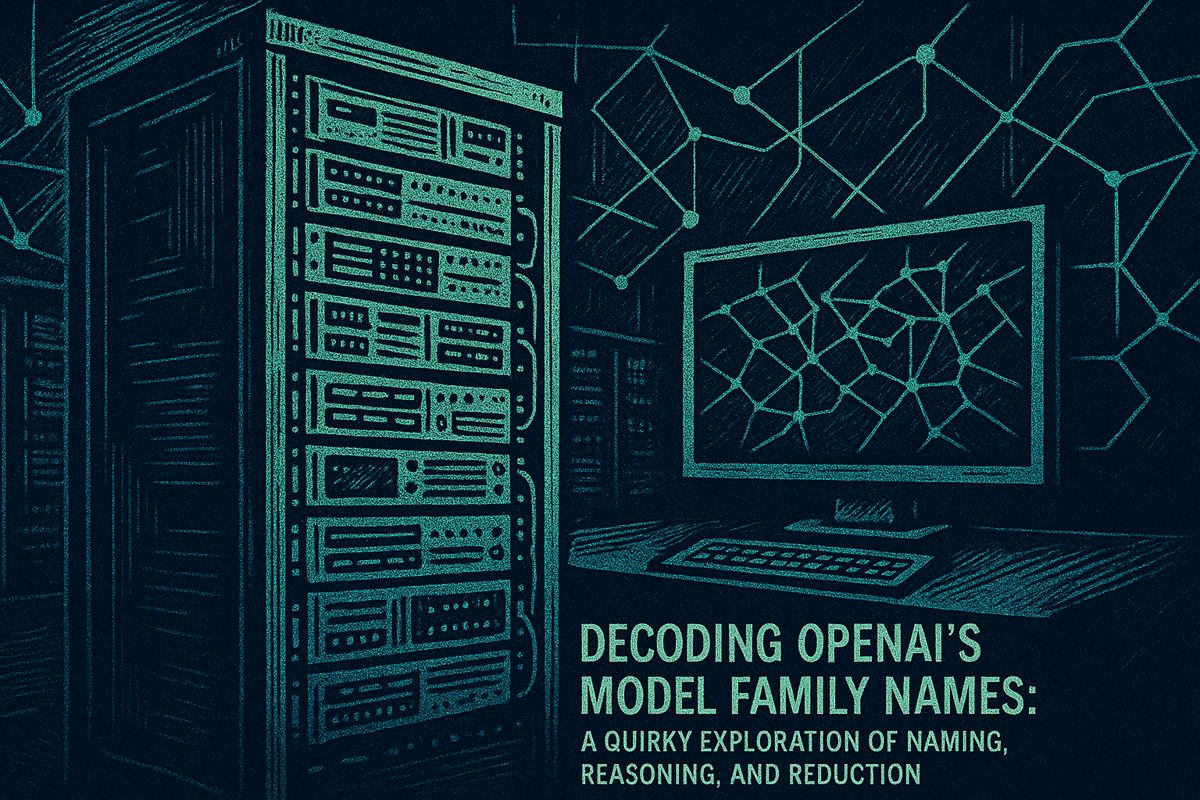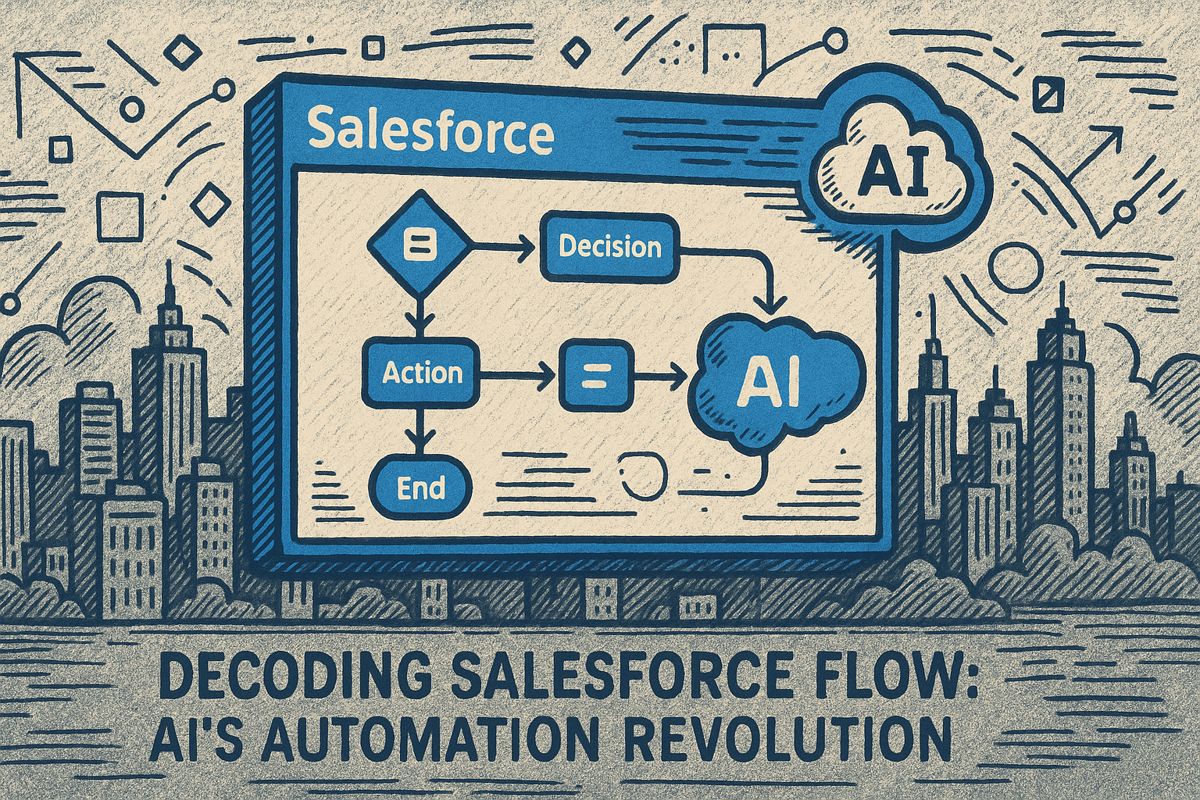With its November 2025 update, Google’s NotebookLM integrates Gemini 1M-token context, fundamentally changing how users interact with AI. This enhancement positions ‘context as the new UI,’ allowing researchers and writers to utilize vast source libraries and detailed instructions, knowing the AI will retain every detail. The result is a more transparent and controllable AI co-pilot that understands the entire scope of your work, from initial sources to final goals.
Context as the New UI: What Changes for Users
The core upgrade is Gemini’s 1 million-token context window, an eightfold increase that allows NotebookLM to synthesize insights from massive libraries of PDFs, documents, and web clippings (TestingCatalog). This is complemented by a six-fold boost in conversation memory and automatic history saving, ensuring long-term projects remain coherent even after days of inactivity (ChromeUnboxed). Beyond memory, a new goal selector empowers users to define the AI’s role – such as ‘peer reviewer’ or ‘SEO strategist’ – and specify success criteria. The assistant then tailors its reasoning and cites sources from your Google Drive in real time. Google’s internal data indicates this level of control led to a 37% reduction in manual editing for academic drafts.
Google’s NotebookLM update introduces Gemini’s 1 million-token context window for processing vast amounts of information. It also features a six-times larger chat memory, automatic history saving, and new controls for setting AI goals and roles, making the assistant more powerful, persistent, and tailored to specific tasks.
Visual and Multimodal Layers
The tool introduces powerful visual aids like a Mind Map view, which helps researchers identify thematic gaps and connections instantly. A single click activates Flashcard mode to automatically extract key facts for review. Both features operate on the same core context, demonstrating how the interface directly reflects the underlying information.
Skills Creators Need in 2025
Effective use of NotebookLM shifts prompting from simple questions to comprehensive brief writing. Successful teams supply:
– A short project summary
– Tone and audience notes
– Links to authoritative sources
– Acceptance criteria for the deliverable
This evolution enhances AI literacy by teaching users to think systemically about how data steers the model. As design expert Jakob Nielsen states, conversational context represents “the first UI paradigm shift in 60 years,” a sentiment echoed in the AI Shift Talks podcast.
Collaboration and Trust Gains
Collaboration is enhanced through shared notebooks that maintain common source documents while keeping individual chat threads private. This allows teams to brainstorm securely, and Google ensures users can delete their chat history at any time to meet compliance needs (9to5Google). Furthermore, custom roles significantly improve reliability; locking the AI into a specific persona led to a 24% reduction in unsupported claims during long research sessions, according to Google’s usability data.
Looking Forward
This context-centric design philosophy is already influencing other AI tools, including slide generators and code assistants. NotebookLM currently stands as the prime example of this future: provide rich, expansive context, and the tool becomes a direct mirror of your intent, with the traditional interface fading into the background.
What exactly changed in NotebookLM’s November 2025 update?
NotebookLM now ingests up to 1 million tokens at once – an 8x jump – letting you load entire book series, legal contracts, or multi-year research folders into a single notebook. The chat memory also grew 6x, so you can exchange hundreds of messages without the AI “forgetting” earlier points. Conversations are auto-saved and can be resumed days later, making long-form projects practical for the first time.
How does the new “context-as-UI” approach work in everyday use?
Instead of hunting through menus, you set the context and the interface adapts. Drop in your style guide, define a persona (“act as a skeptical peer-reviewer”), or pin a goal (“generate only tweet-length summaries”). The notebook then re-wires its answers, tone, and even output language around that setup. Think of it as moving from steering a car with a wheel to steering by telling the car where you want to go.
Why should content creators care about custom roles and goal setting?
Creators can pre-load brand voice documents, audience personas, and campaign objectives. NotebookLM will then generate drafts that already match house style, cutting editorial loop time by 30-50% in early user tests. One freelance agency reported churning out 12 client blogs in a single afternoon after feeding the notebook each client’s tone-of-voice guide and SEO keyword sheets.
Does bigger context mean bigger privacy risks?
Google keeps chat history private to each user even inside shared notebooks and lets you wipe transcripts at any moment. Source files remain in your own Drive, not in a pooled training set, addressing the main worry enterprise teams raised when Google rolled out the 1M-token window.
How will this shape AI interface design in 2025 and beyond?
Expect “prompt dashboards” to replace dense toolbars. Designers are already testing interfaces where the primary control is a context panel – you park documents, goals, and personas there, and the visible UI shrinks to a simple chat box. Early benchmarks show task-completion speed rose 22% when testers used context-first layouts versus traditional button-heavy panels, a stat that is pushing other SaaS vendors to follow suit.



















